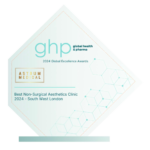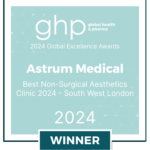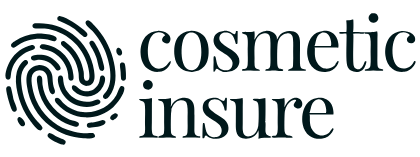Treatments
PRP Arthritis TREATMENT
Do you feel an uncomfortable pulling sensation in your joint or suffer from joint stiffness in the mornings or discomfort when you first start walking? The cause may well be wear and tear of the joint cartilage, commonly known as osteoarthritis. PRP arthritis treatment offers a natural, biologic therapy approach involving activation of the body’s own factors in your blood. Osteoarthritis of the knee is the consequence of the progressive deterioration of the joint cartilage and the joint menisci. The joint cartilage is deteriorating due to trauma and wear and tear. This leads to bone surface exposure. Symptoms include pain, rigidity, swelling, and walking difficulties.
INDICATIONS FOR PRP THERAPY
- Chronic joint pain secondary to osteoarthritis
- Poor response to conservative management
- Patients who are unfit for joint replacement
- Patients who wish to delay or avoid surgery
- Tendinopathy
- Muscle tears and muscle injury
- Tendon tears and ruptures
AIMS OF PRP INJECTIONS
PRP injections aim to promote the repair of cartilage and to alleviate joint aches, pains and osteoarthritic symptoms, potentially delaying the need for joint replacement and also improving function and healing. Platelets produce growth factors that stimulate the proliferation of chondrocytes (joint lining cells), leading to cartilage repair. PRP is an autologous concentration of a large number of platelets in a small plasma volume. Platelets contain substantial amounts of cytokines and growth factors (GFs) that stimulate cell growth, vascularization, proliferation, tissue regeneration and synthesis of collagen (building block of cartilage). The delivery of high concentrations of cytokines and GFs by PRP to the damaged tissues, is considered to have a beneficial effect on the regeneration of tendons and cartilages.
Platelet-rich plasma therapy, sometimes called PRP therapy or autologous conditioned plasma (ACP) therapy, attempts to take advantage of the blood’s natural healing properties to repair damaged cartilage, tendons, ligaments, muscles, or even bone.
When treating osteoarthritis with platelet-rich plasma, a doctor injects PRP directly into the affected joint. The goal is to:
* Reduce pain
* Improve joint function
* Possibly slow, halt, or even repair damage to cartilage
Platelet-rich plasma is derived from a sample of the patient’s own blood. The therapeutic injections contain plasma with a higher concentration of platelets than is found in normal blood.
Frequently Asked Questions
Platelet Rich Plasma Injections are used to stimulate healing using one’s own blood components. The physician will withdraw your blood, put the blood into a centrifuge where the platelets are extracted (platelets are now known to release healing proteins known as growth factors) and then inject that solution directly into the injured site using an ultrasound guided technique to ensure proper placement. These proteins then stimulate repair and regeneration at the site, offering the patient pain relief and quicker healing rates.
A large amount of growth factors are released at the site of injury upon injection. These platelets induce an inflammatory response to initiate healing. The platelets are able to restore tendons and ligamentous proteins as well as strengthen cartilage allowing it to become firmer and more resilient.
Platelet injections are an alternative to surgery. Ideal candidates would be those who prefer a less invasive option to surgery or those who are unable to undergo a surgery. It also allows for a much quicker recovery period and is much less painful than a surgery
Patients usually tolerate the injection well. However, there can be soreness after the injection due to the PRP-induced inflammatory response. You can expect swelling and soreness during the first 48 hours post injection and are given pain medication to help alleviate the discomfort.
Most patients see some improvement within 2-6 weeks. The pain becomes less and less as the weeks pass with most clinical trials reporting improvement up to 6-9 months post the PRP injection.
Platelet injections are safe. Since you are using your body’s own blood components and there are no foreign substances being injected into your body, the injections are considered safe.
However there is some minimal risk involved. During research studies and clinical trials, the only risk noted was that the injection could cause an infection to develop. This is not unique to platelet injections, anytime a person undergoes an injection there is this risk. But because there are no foreign bodies being injected and there is no concern of disease transmission, this therapy is considered to be safe.
Using one’s own body as a healing mechanism is a relatively new concept in the world of medicine, and an exciting one at that. As therapies such as these begin to prove they are beneficial and effective, you will likely see similar therapies develop in other medical areas.
Patients with severe anemia, low platelet count, abnormal platelet function, active systemic infection or those with an active cancer are not recommended to be administered PRP.
Yes, a follow up appointment will be arranged 3 months after the PRP injections.
The patient’s own blood is taken and prepared (centrifuged) in order to achieve a concentrated platelet suspension. Various methods of preparation can affect platelet concentration. The final plasma product, rich in platelets, is injected into the joint or injured area usually under ultrasound control.
Treatment Prices
Our Testimonials HEAR WHAT OTHERS THINK OF US
POST TREATMENT CARE
Routine follow up appointment at 3 months with ongoing support and care for your condition through our helpline and clinic.
If you have had a good response to the injection, PRP can be repeated again in 6-8 months time.




